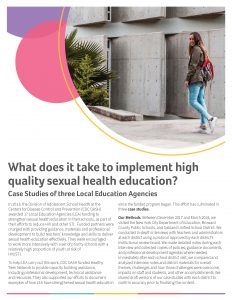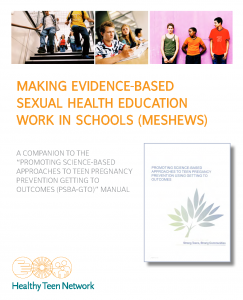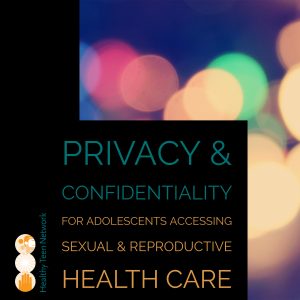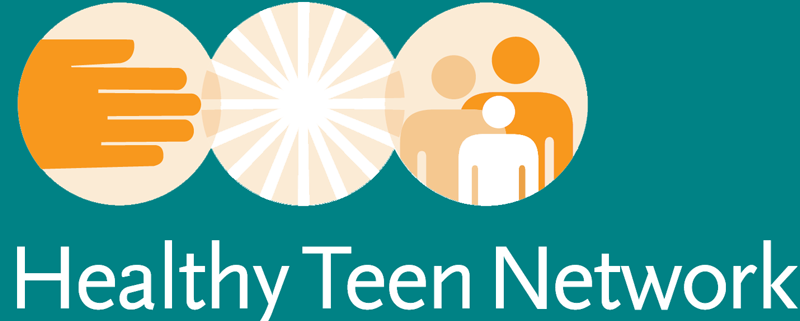History
Researchers at RAND and the University of South Carolina co-developed GTO initially to address substance abuse prevention. Subsequently, the model has been applied to a range of areas, such as teen pregnancy (Ten Steps to Promoting Science-Based Approaches [PSBA] to Teen Pregnancy Prevention Using GTO) and youth development (GTO with Developmental Assets). Research has demonstrated that agencies that use GTO are better able to carry out their services than those who do not. It is a framework that transcends a particular field, making it an ideal systematic framework for program implementation.
Healthy Teen Network introduced Centers for Disease Control and Prevention, Division of Reproductive Health (CDC DRH) Project Officers to GTO and played a catalytic role in persuading DRH to adopt GTO as its teen pregnancy prevention program implementation science framework. GTO offered a value-added component to integrate evidence-based approaches, improve quality, and strengthen capacity of all grantees and their local partners.
Whether you’re using GTO or another framework, you’ll probably find many similarities. GTO isn’t truly something new…you’re probably already doing many of the steps…rather, GTO is one example of a framework that provides an organized, clear, and systematic approach for developing, planning, implementing, evaluating, and sustaining our work.
About
Getting to Outcomes, or GTO, is a framework that takes the details of selecting, implementing, and evaluating a program and lays it out in 10 steps. It may seem like a lot at first, but most organizations already do most of these steps. GTO is an easy to follow process that helps make sure you cover all of your bases, so you can demonstrate your success while planning for sustainability. There are 10 steps, but because GTO is a circular process to support continuous quality improvement and sustainability, you can enter the process where it makes the most sense for you:
Notice: Undefined index: desc in /var/www/html/wp-content/themes/JointsWP-CSS-master/tag.php on line 36
Notice: Undefined index: asc in /var/www/html/wp-content/themes/JointsWP-CSS-master/tag.php on line 38
Sort By Date |
Sort By Title
Building Support for Sex Education in Schools
September 11, 2018

Case Studies: What Does It Take to Implement Quality Sexual Health Education?
May 24, 2018

In 2013, the Division of Adolescent School Health at the Centers for Disease Control and Prevention (CDC DASH) awarded 17 Local Education Agencies (LEA) funding to strengthen sexual health education in their schools, as part of their efforts to reduce HIV and other STI. Funded partners were charged with providing guidance, materials and professional development…
Read moreEvidence-Based Interventions
December 9, 2018

Finding Common Ground: An Overview on Key Conservative Principles to Support Shared Goals for Adolescent Sexual and Reproductive Health
September 14, 2017

A shifted landscape of new or strengthened power players (particularly those who lean conservative) at all levels of government, combined with threats to public health investments that our nation’s youth are facing, necessitates a reinvigorated call to public policy action by individuals and organizations that support youth and their families. This issue brief is a…
Read moreGaining Support for Teen Families: Mapping the Perceptual Hurdles
October 8, 2014
Healthy Teen Network, along with a National Advisory Group, and the FrameWorks Institute have completed Phase One of a two year effort dedicated to identifying and implementing new ways of talking about pregnant and parenting teens to gain support for this population.
Read moreGuide for Technical Assistance Providers Working with Promoting Science-Based Approaches in Teen Pregnancy Prevention Using Getting to Outcomes
May 15, 2015
We developed a comprehensive guide that will bolster your knowledge and sharpen your skills providing technical assistance and collaborating with program staff on Promoting Science-Based Approaches in Teen Pregnancy Prevention using Getting To Outcomes® (PSBA-GTO®). The guide includes common issues TAPs experience, suggested solutions, resources, and tools so that you can effectively guide implementation partners…
Read moreMaking Evidence-Based Sexual Health Education Work in Schools (MESHEWS)
March 16, 2017

Making Evidence-Based Sexual Health Education Work in Schools (MESHEWS) is a companion to the PSBA-GTO manual, building on the PSBA-GTO process to reflect the unique needs of education agencies. In particular, it adds and tailors guidance related to the following tasks: Using data to select schools with students at disproportionate risk of teen pregnancy and…
Read moreMaking Your Logic Model Work for You
October 8, 2014

This one-page resource examines the ways a logic model supports your programming from start to finish and at various levels of your organization.
Read morePrivacy & Confidentiality for Adolescents Accessing Sexual & Reproductive Health Care
May 10, 2018

Program Fit Checklist
October 4, 2016
Fit What modifications, or adaptations, should be made to fit the program or best practices with your needs? Reviewing for fit takes the few programs you selected when you looked into best practices (usually 2-4 interventions) and checks if they match the needs and values of participating youth and the surrounding community. Distinguishing a good…
Read more
